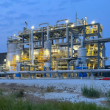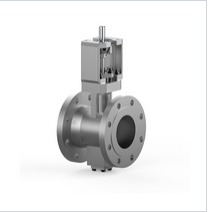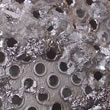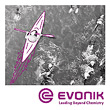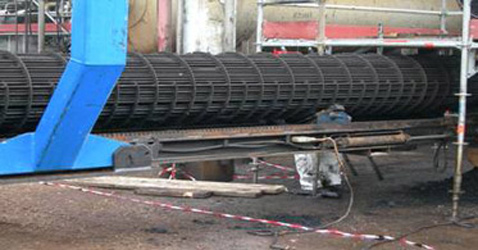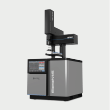Question
-
During precommissioning a diesel unit why we can not start the recycle gas compressor with 100 % hydrogen before catalyst sulfiding as per the licensor: 50% nitrogen with 50% hydrogen?
Apr-2021
Answers
-
Randy Alexander, Reactor Resources, ralexander@reactor-resources.com
I assume the recommendation of 50/50 N2/H2 is related to gas density for the RGC. Catalyst manufacturers recommend a minimum hydrogen partial pressure of 60-70% during sulfiding. Also keep in mind that DMDS decomposes to form H2S and CH4, which will increase the recycle gas density. Almost all of our clients start with a hydrogen level >90%.
Aug-2021
-
Bhavesh Kanani, Spie Oil & Gas, bhavesh.kanani@gmail.com
Normally the RGC in DHT units are designed at EOR case due to higher head and if the reactor is loaded with dewaxing catalyst winter mode at EOR case will be selected for RGC design due to higher head and high Mol Wt of Recycle Gas which is a result of winter mode of operation. Operating RGC during pre-commissioning (without diesel feed) at lower head at lower mol wt (100 % H2) will end up with RGC speed to the minimum level (probably below min Governor Speed) and operating point very near to stone wall curve. Its better to revisit and review the RGC datasheet again and compare with the actual condition, However I don't think that operating the RGC at 50%N2 & 50% H2 is having any relation with Catalyst. Involve RGC vendor to the discussion for quick solution. (During normal operation RG Mol wt is ranging from 3.5 to 6.5 whereas 50%N2 and 50%H2 will have Mol wt of 15, so RGC will need more power and speed remains above MGS)
Jul-2021
-
Jake Gotham, InSite Technical Services, jake.gotham@insitetechnical.com
There are two issues here:
1. While the reactor and separator are cold, you have to operate at <25% of design pressure to avoid the risk of brittle fracture. If the recycle gas compressor is a centrifugal machine, the density of the recycle gas may be too low at this pressure for the compressor to provide adequate flow. Circulating a mixture of hydrogen and nitrogen improves the performance of the compressor.
2. The catalyst supplier may have hydrogen partial pressure limits that need to be respected until the catalyst has been sulphided. Hence there may be a requirement to dilute the hydrogen in the recycle gas with nitrogen.
Depending on your situation, either or both of these factors may be relevant, but the licensor should be able to explain the reason for their recommendation.Regardless of why or how you introduce nitrogen to the high pressure system, it is very important to ensure all nitrogen systems are positively isolated (i.e. blinded or physically disconnected) before the unit pressure is increased above the nitrogen supply pressure to avoid a situation where hydrogen flows into the nitrogen header. At best this would be a contamination problem, at worst it could be a loss of containment.
Apr-2021
-
Mukesh Patel, Reliance Industries Limited, mukesh1000@yahoo.com
If RGC design cases specify 100% Hydrogen i.e. ~ 2.1 MW case, then RGC can be operated. Suggest to check RGC data sheet provided by vendor. Since MW of 50-50% Nitrogen / Hydrogen case is higher than 100% hydrogen, suitability of RGC to be checked before decision to operate. Normally hydrotreating units are design to handle 95-100% hydrogen.
Apr-2021








